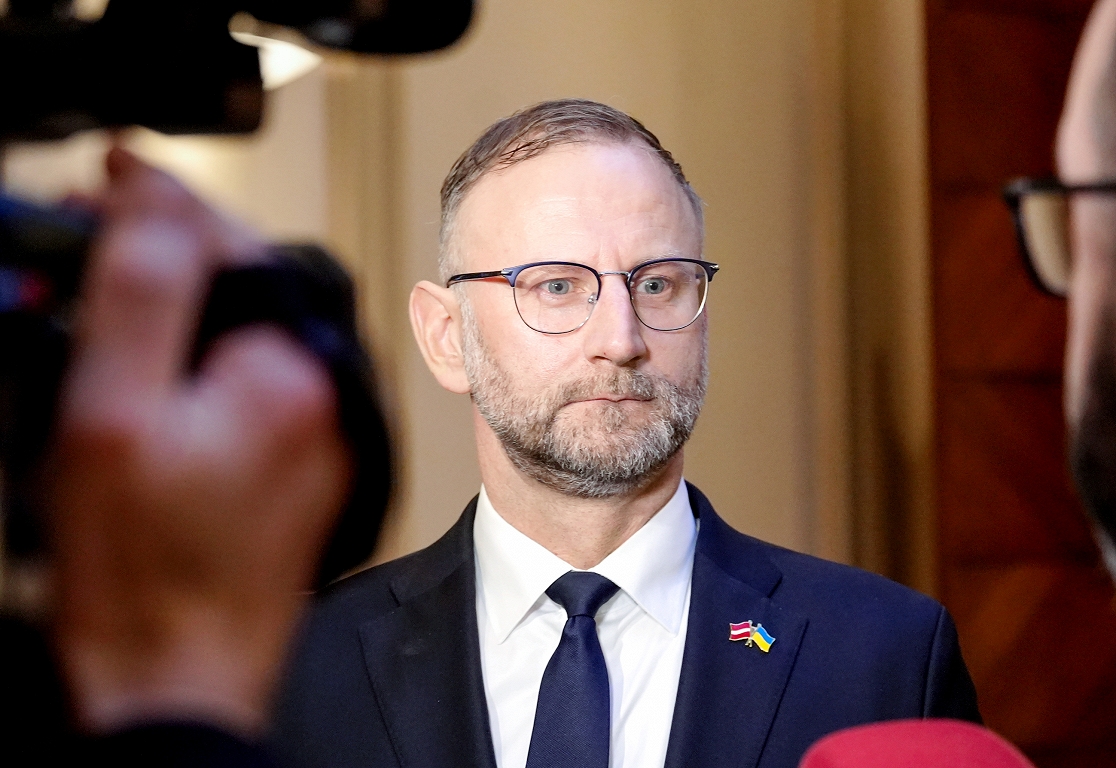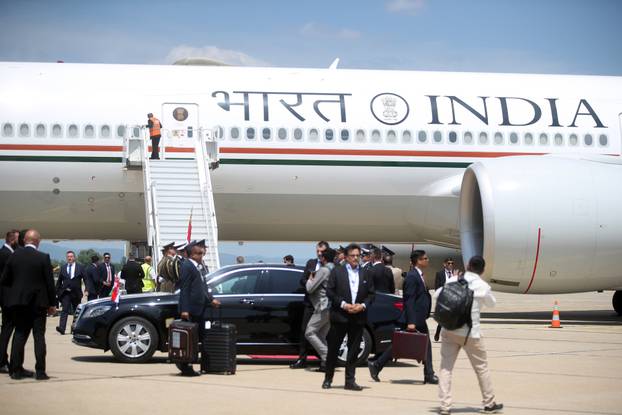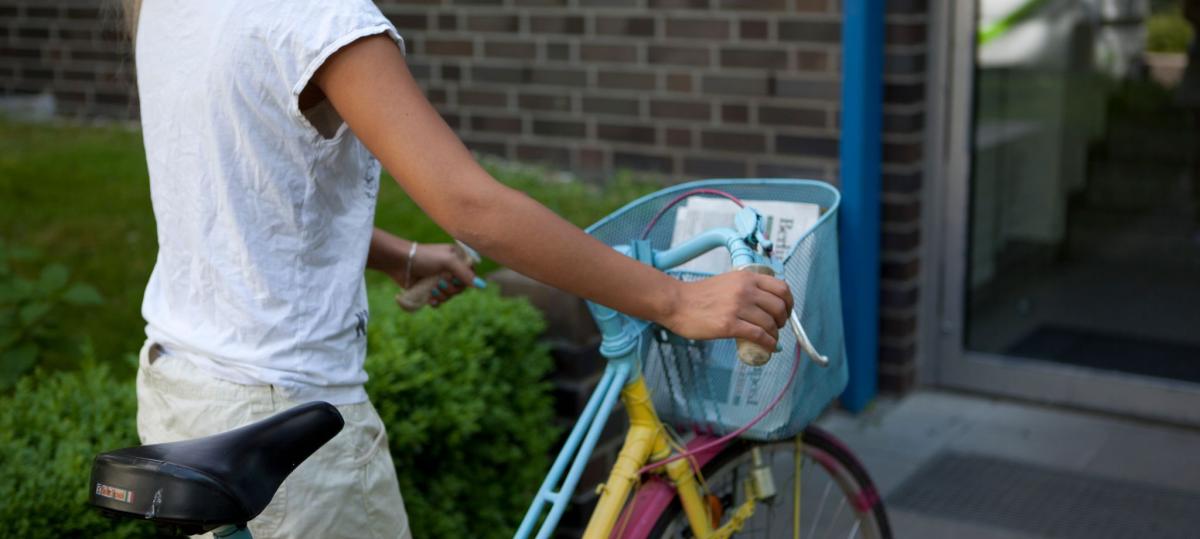The Rail Baltica project is looking for a variety of ways to reduce spending / day

« Let’s look for every chance to reduce costs, » said Schwinka, while noting that the Rail Baltica project is the historically complex railway infrastructure object in the Baltics, and it must be implemented in qualitatively and efficiently.
Similarly, Schwinka stated that there was nowhere to be built in Europe for a high -speed train for EUR 5.7 million per kilometer, as reported by Estonia, ie the average cost of the high -speed train tracks is from EUR 13 million to EUR 22 million per kilometer. « Of course, such costs would sound perfect, but in the end, when the track is completed, it will be very defiant to keep such a figure of 5.7 million euros on the Estonian side, » the minister said.
Schwinka emphasized that his work was to reduce the cost of the Latvian track and work on it.
« The key to me is practical work, progress, even though the public shows that we are building, that we are moving forward, » the minister said.
It has already been reported that according to Rail Baltica’s latest information in the Baltics, Rail Baltica could reach EUR 14.3 billion, of which in Latvia – 5.5 billion euros, but there is a potential savings of up to € 500 million from the optimization of technical solutions and other savings are possible.
The total cost of the project, according to cost and benefits analysis in the Baltics, can reach EUR 23.8 billion. In the previous cost and benefit analysis in 2017, the project would cost a total of € 5.8 billion.
The Rail Baltica project envisages the creation of a European standard railway line from Tallinn to the Lithuanian -Polish border so that the Baltic States can be further connected to other European countries. It is planned to build a new, 870 -kilometer European railway line (1435 mm) railway line with a maximum speed of 240 kilometers per hour.







